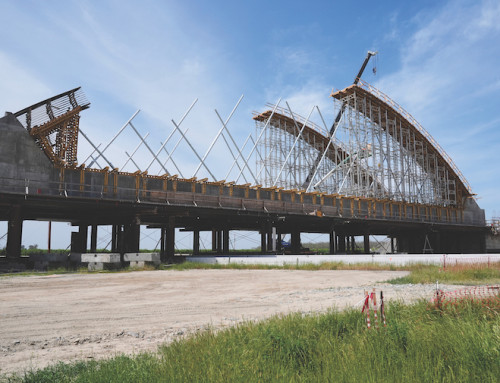Authorization for the largest residential flood insurance program in the country expired this week, leaving homeowners unable to access new coverage and potentially wreaking havoc on home sales in flood-prone areas.
Millions of policyholders rely on the National Flood Insurance Program to secure flood coverage that is rarely part of standard homeowners policies and is required for mortgages in areas deemed high-risk. The NFIP, like much of the federal government, was frozen after Congress was unable to pass a spending bill before midnight Tuesday.
Claims still will be paid, but with two months left in the Atlantic hurricane season and winter weather on its way, homeowners and renters are unable to buy, renew or add to policies.
The situation also thwarts real estate transactions where mortgages require flood insurance. Lenders
are prohibited from
issuing government-backed mortgages for properties in FEMA-designated “special flood hazard areas” unless the building or mobile home is covered by flood insurance. Since private insurance does not offer flood coverage in many parts of the country, buyers often depend on the NFIP.
“Each day a shutdown continues, the effects on the housing sector grow,” said Shannon McGahn, executive vice president and chief advocacy officer at the National Association of Realtors.
The NFIP supports nearly half a million home sales annually, according to the NAR. Past lapses have shown the potential impact on the market: During a roughly 30-day freeze in June 2010, the NAR estimated 1,400 home sales were canceled or delayed each day.
Flood insurance access is “just one of the many ways the extended shutdown could worsen the outlook for the housing market across the country,” said Francis Torres, associate director for housing and infrastructure projects at the Bipartisan Policy Center, citing housing vouchers and FHA-backed loans for first-time homebuyers as other areas that could be undermined by limited funds and staff.
“There is a direct through-line between a protracted shutdown and worsening conditions for the nation’s housing crisis,” said Torres.
Congress created the NFIP through the National Flood Insurance Act of 1968. It was meant to improve flood insurance access and affordability but also to set floodplain management standards.
“It’s not just an insurance program, and that’s probably the most misunderstood aspect,” said Chad Berginnis, executive director of the Association of State Floodplain Managers. The FEMA-managed program has more than 4.7 million policies representing $1.3 trillion in coverage.
The NFIP’s last long-term reauthorization was in 2012. Since the end of 2017, its continuation has depended on 33 short-term reauthorizations. Lawmakers, industry groups and policyholders long have called for NFIP reform to give the program stability and to address issues with floodplain mapping, affordability and solvency.
Floods are the “most common and widespread” type of disaster in the country, according to the National Oceanic and Atmospheric Association, occurring in every state and territory and putting pressure on the insurance system. Yet only about 4 percent of homeowners had flood coverage as of November 2024, according to the Government Accountability Office.
The GAO has cautioned that FEMA maps “may not reflect current flood risks,” and Berginnis said the agency has a long way to go in mapping flood zones: “We’ve only mapped about a third of the nation’s floodplains, and we wonder why flood losses keep going up,” he said.
The NFIP also has struggled to set premium prices that balance affordability with solvency. The program borrows from the U.S. Treasury when it cannot payout claims and currently owes almost $23 billion.
A group of House lawmakers introduced a bill last week to reauthorize the program until Nov. 21.








